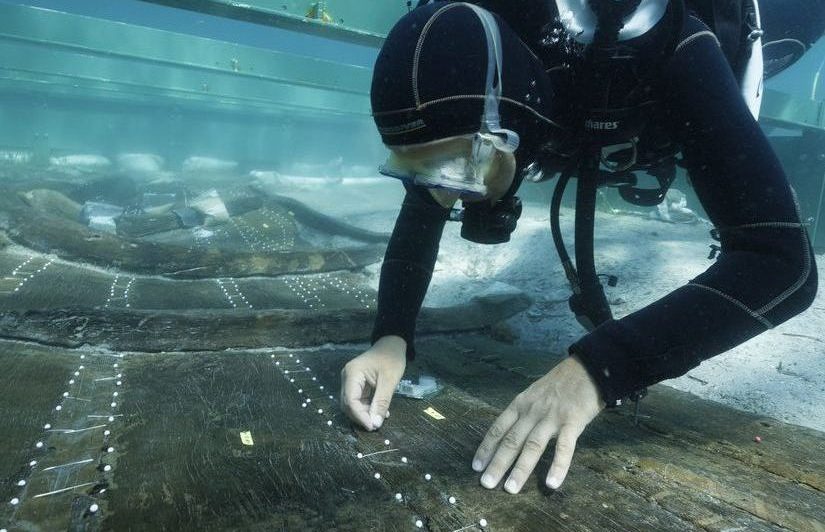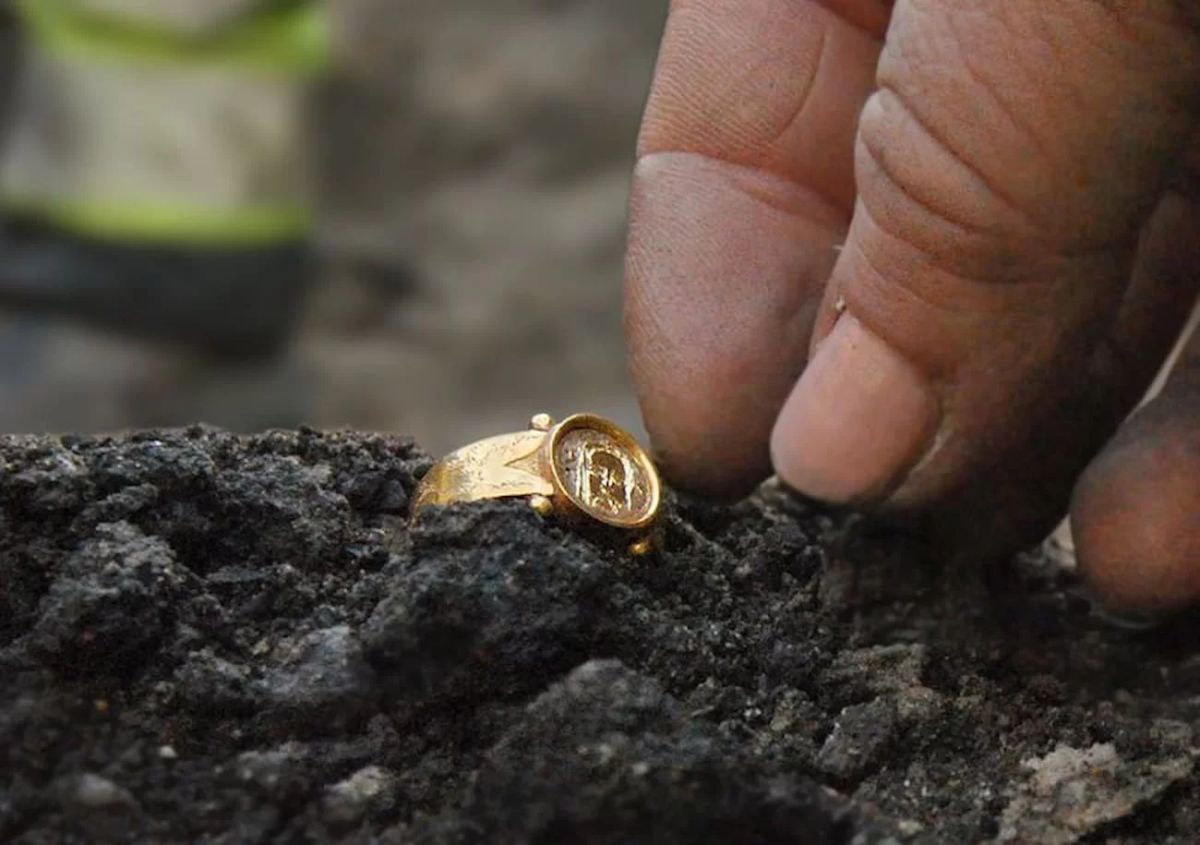
Unique gold ring and crystal amulet among 30,000 medieval treasures uncovered in Sweden
In the Swedish medieval city of Kalmar, archaeologists from the State Historical Museums unearthed the remains of over 30,000 objects during a two-year project. A gold ring and a crystal amulet with carved figures are two unique finds among the nearly 30,000 objects. Archaeologists have excavated parts of around 50 medieval plots, a dozen streets,
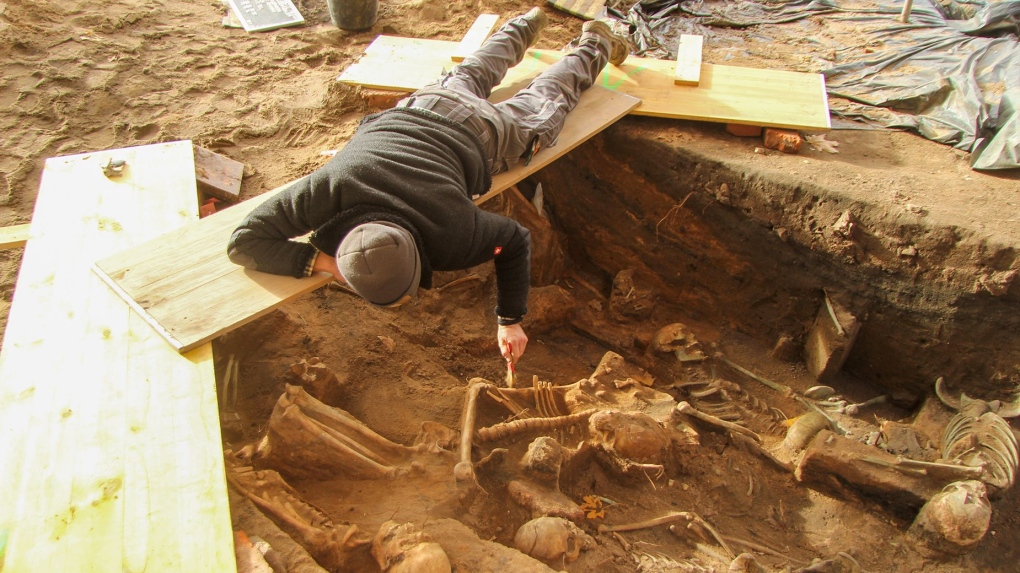
A mass grave containing hundreds of plague victims was found in Germany
Archaeologists have excavated a mass grave in Germany containing the remains of hundreds of people who died during the Black Death plague that ravaged Europe in the 14th century. The mass grave is located in the center of the city of Nuremberg. The grave is thought to contain 1,500 skeletons. So far, 1,000 skeletons have
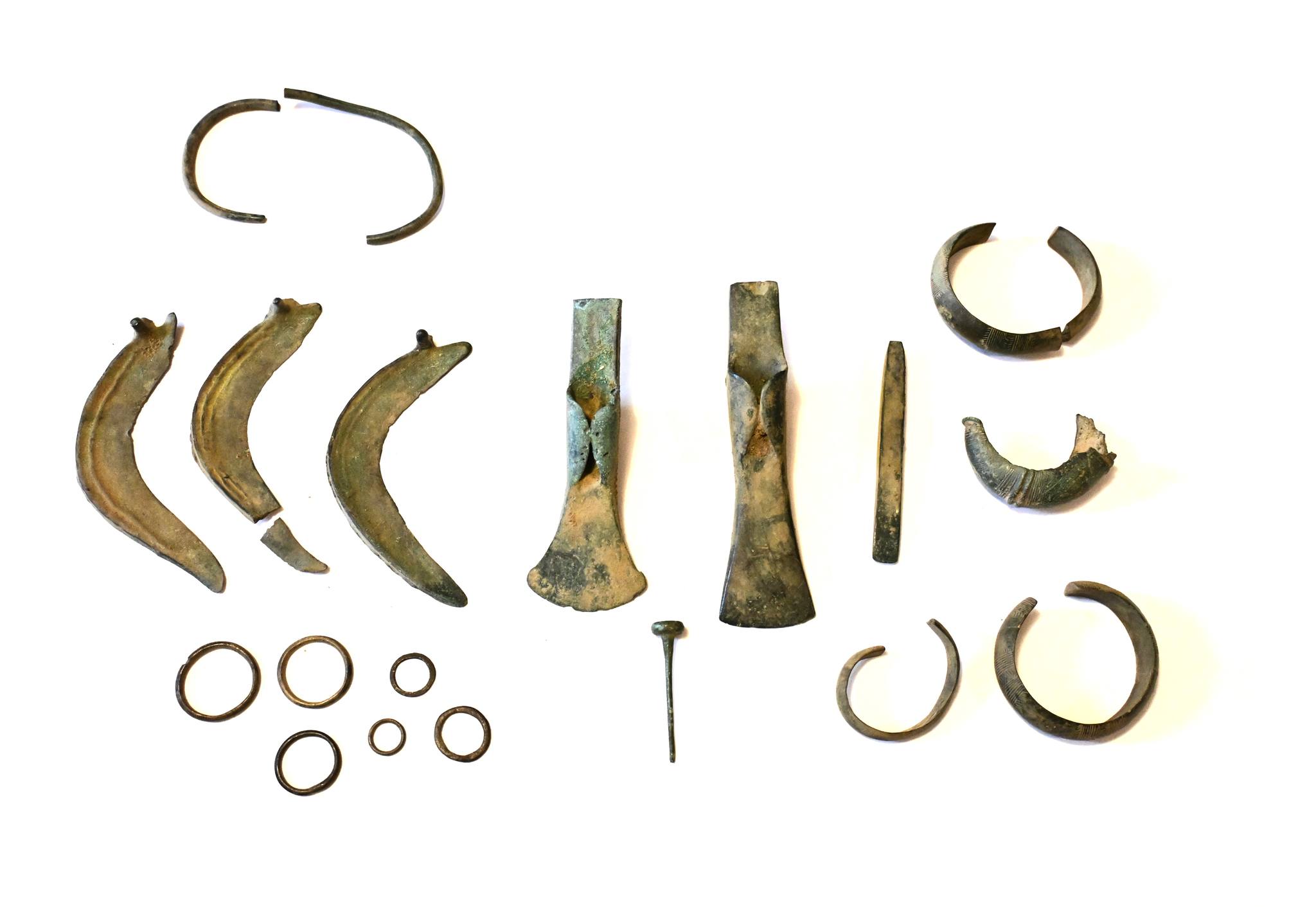
A group of Bronze Age metal objects discovered in Poland
A local metal detecting group in Poland has discovered a group of Bronze Age metal objects, including axe heads and sickles. The discovery was made in an area known as the Lynx Field, located in Słubice, western Poland. The recovered artifacts consist of three sickles, two axes, four bracelets (three with engraved decorations), six rings,

Stone tools discovered in Ukraine could be the oldest evidence of human presence in Europe
According to new research, chipped stone tools made from volcanic rock discovered in western Ukraine could be the oldest evidence of human presence in Europe. Chipped stone tools made from volcanic rock were extracted from a quarry in Korolevo in the 1970s. Archaeologists used new methods to date the sedimentary rock layers surrounding the tools
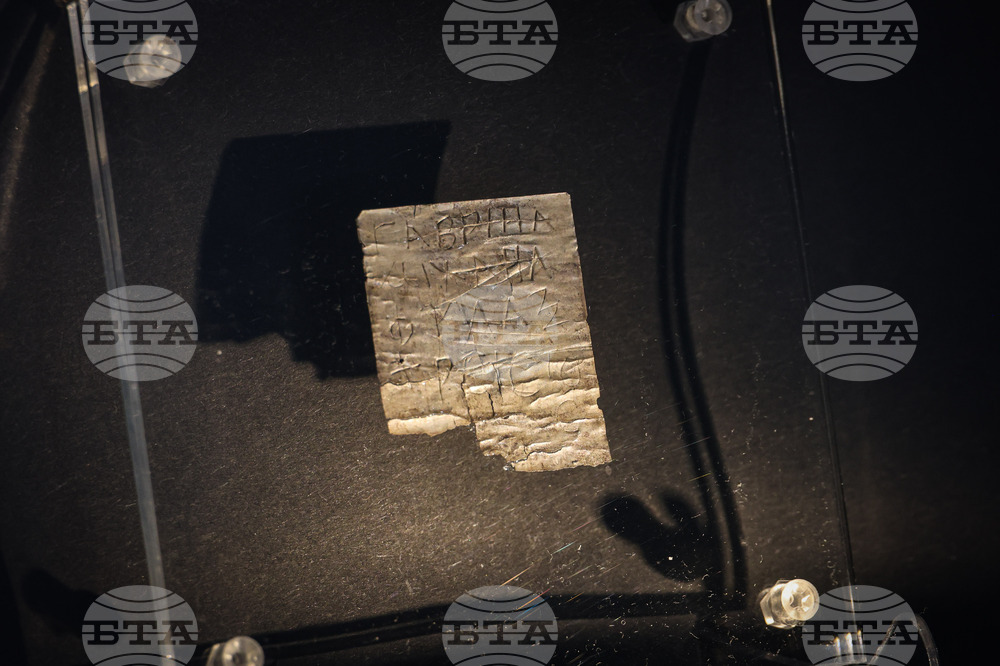
The earliest evidence of Christianity in Bulgarian lands has been discovered
Early Christians in the Roman Empire were forced to conceal their faith. This was because Christianity was not officially recognized by the Roman Empire and was seen as a threat. Christians were persecuted and executed in various parts of the Roman Empire. To conceal their faith, early Christians conducted their worship in secluded places. These
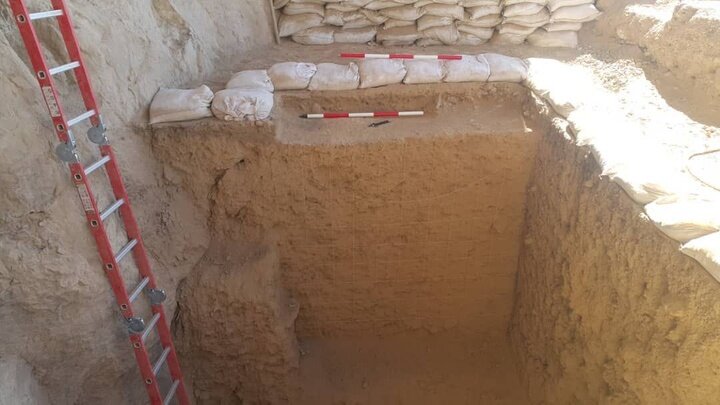
Human traces dating back 14,000 years have been discovered in the rock shelters of Pir-Quch in southern Iran
Archaeologists have found human traces dating back to around 14,000 years ago in recent excavations in the rock shelters of Pir-Quch in southern Iran. Stone tools and bones were also found in the shelters. The recent excavations, carried out with the permission of the Cultural Heritage and Tourism Research Institute, are being led by Hassan
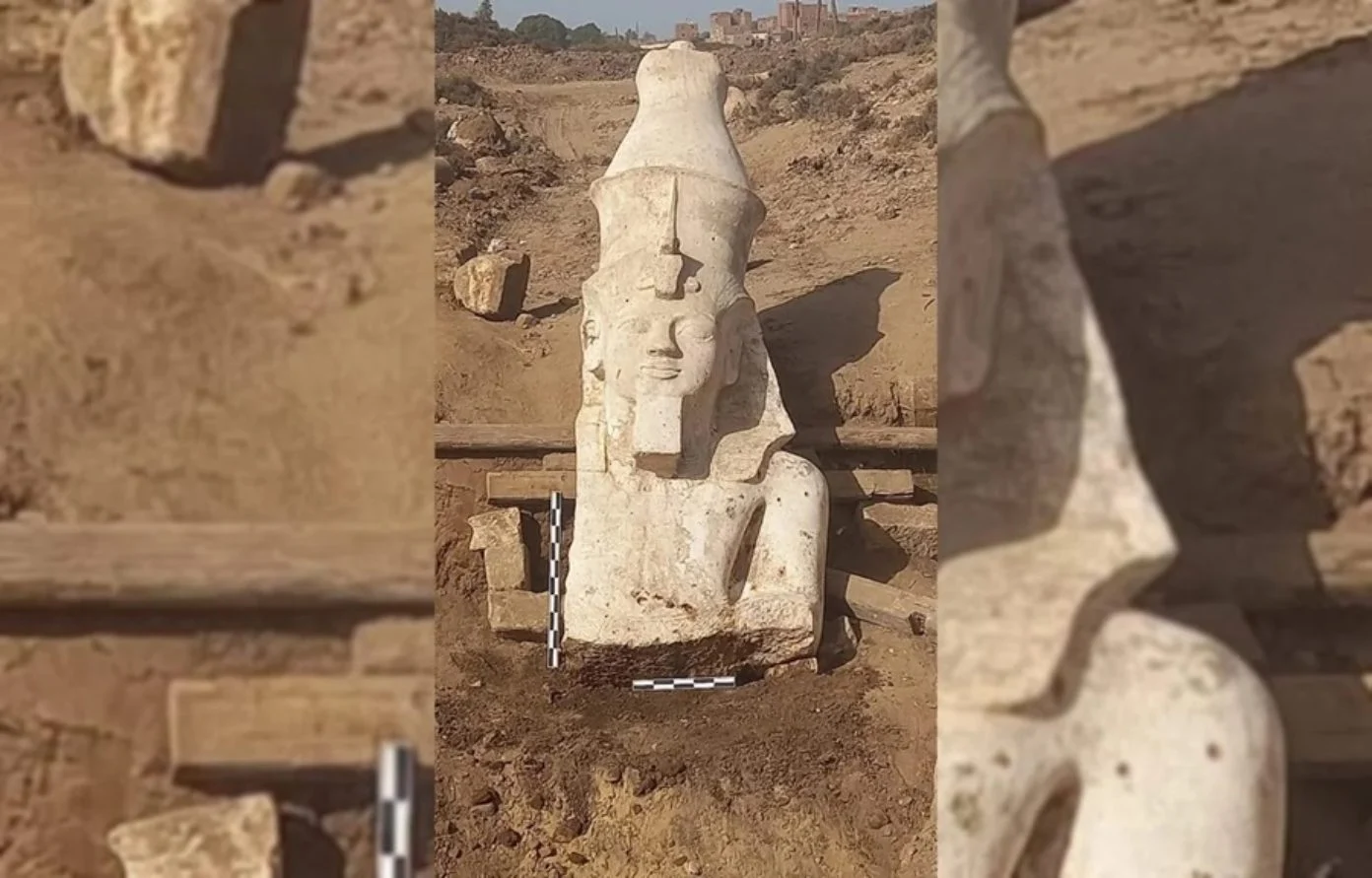
The upper part of a giant statue of Ramses II, one of the greatest pharaohs of Egypt, has been unearthed
The upper part of a colossal statue of Ramses II, also known as the Great Ramses, was discovered during excavations in the city of Minya, Egypt. The statue was found in a joint study by archaeologists from the United States and Egypt. The limestone block, about 3.8 meters high, depicts Ramses seated and wearing a
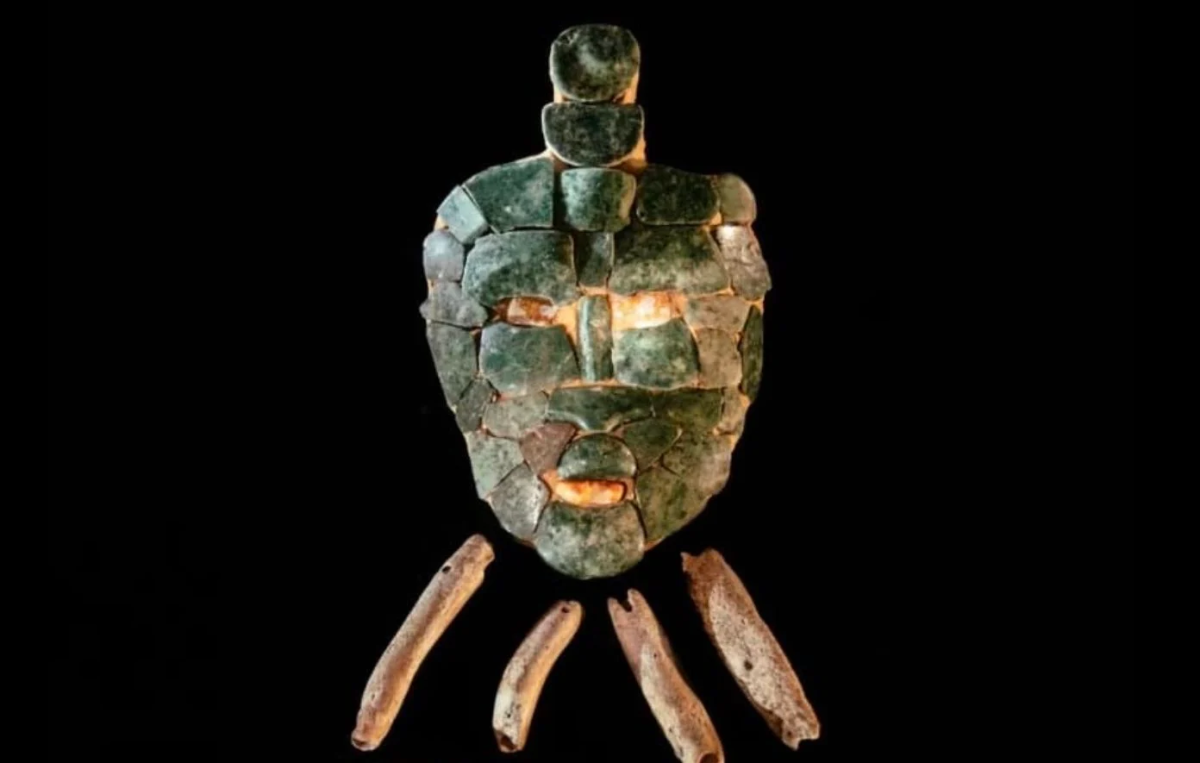
The discovery of a striking jade mask in the tomb of a Maya king in Guatemala
Archaeologists excavating a looted pyramid tomb in the ruins of a Mayan city in Peten, northeast Guatemala, have discovered a mysterious interlocking jade mask believed to have belonged to a previously unknown Mayan king. Chochkitam, a little-known archaeological site, is located near the Peten Basin, a subregion of the Maya Lowlands in northwest Guatemala. The
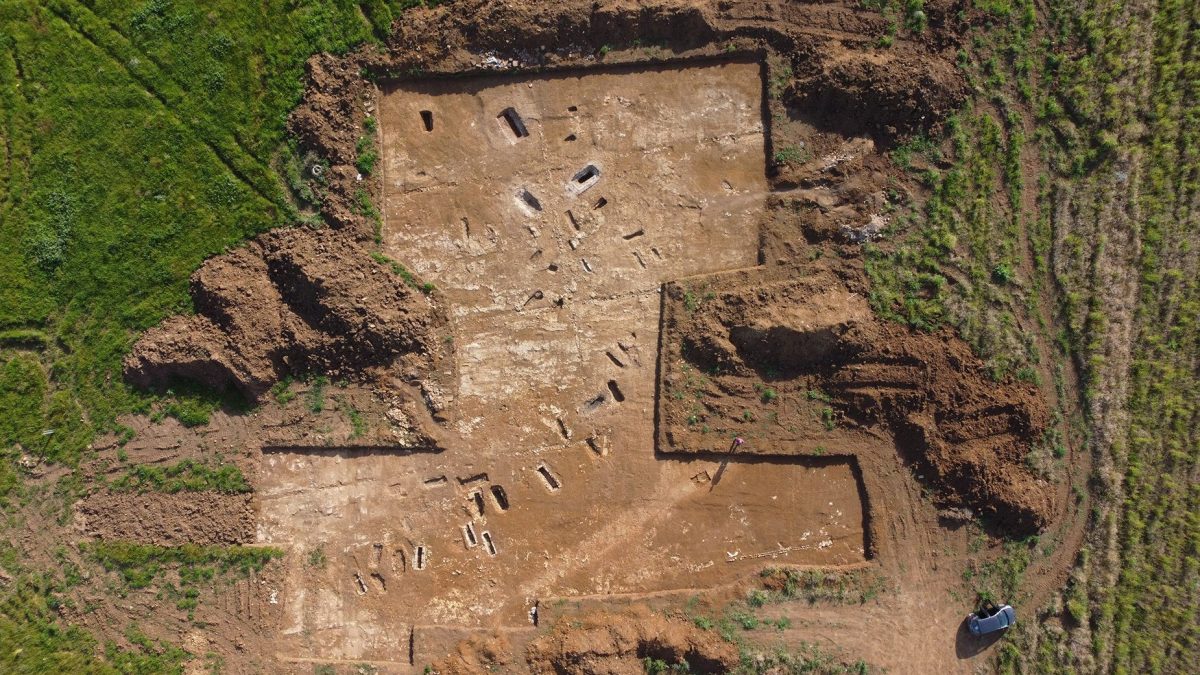
Ancient skeletons discovered in a freshly excavated Roman necropolis in Italy, buried with gold jewelry and costly leather shoes
Archaeologists working on a two-year excavation effort at the site of a proposed solar energy plant in Tarquinia, north of Rome, discovered an old Roman necropolis with 67 bones buried in 57 magnificent tombs. According to preliminary examination, the tombs’ occupants and dates range from the second to the fourth centuries AD. This was definitely

